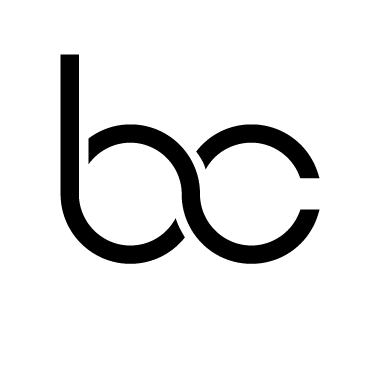Top 10 Tips for Luxury Packaging Design
President and Creative Director James Benard has over 20 years of experience in luxury package design and production. Here are some of the things he has learned.
1. Be your own resource.
Keep your tools up to date. Invest in current PMS books, foil stamping color charts, and maintain a complete paper and book cloth library. With the resources close at hand, you can dictate the exact design specifications to vendors rather than relying on vendors to choose for you.
2. Good design is appropriate design.
Find out the production budget (per piece and total), the quantity needed, and the time frame allotted before you start. An appropriate design must consider all three of these criteria up front.
3. Let your materials work for you.
The right paper choice, finishing technique and design detail might be enough. Express your design confidence via your restraint and your subtlety.
4. Understand mechanical limitations.
Learn about production. Go to factories to gain a complete understanding of how the machinery works. Innovative design tends to tweak the production process, rather than investing in costly new machinery. Great design is reproducible design.
5. Study the brand guidelines.
Big luxury brands have graphic standards within which you have to design. There are often forgotten or underutilized colors and finishing techniques within the rulebook itself. Studying the brand guidelines can afford the opportunity to give a company a fresh look without an extended approval process. Intentionally bending established rules is bold; inadvertently breaking rules undermines your authority.
6. Luxury Design is a service industry.
Clients who work for luxury brands appreciate the finer things in life. Coddle them; let them know you appreciate their business. Act as a concierge and manage the relationship between clients and vendors. Wrap up proofs so that they look like gifts and hand deliver them. Personal contact breeds familiarity and that leads to more work.
7. Details are the key to success.
List all of the production specifications directly in the design file. Never use placeholder information; only include specs that the client has confirmed (print quantity, PMS#, foil stamping colors, paper stock, weight, color). The file can then efficiently serve as a purchase order when the job is released to the vendor.
8. Partner with knowledgeable vendors.
Choose a smart vendor over a good price, and do it early in the design process. Have them make comps (mock-ups on the actual paper at the right size) for your reference. Measure the comps carefully, never guess at any dimensions when building your mechanicals!
9. Check hard (physical) proofs thoroughly.
Never accept a digital proof for sign off. Cut the proofs out and fold them up. See how they feel in your hand. Compare them to your comps. Question every facet. After you' ve reviewed and corrected the proofs, get signed approval from the client.
10. Go on press.
Become a production geek. Learn to love the technical challenges involved with mastering your craft. Your designs can live and die in the pressroom. Design is a collaborative process - if you invest in the project, your vendors will meet you there.



